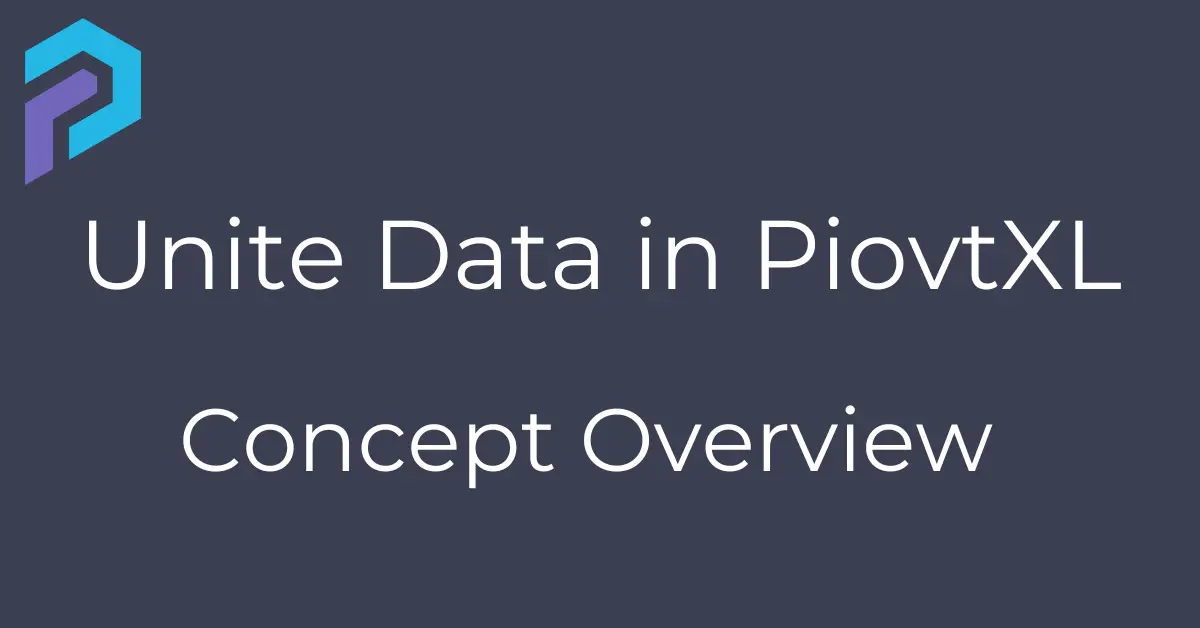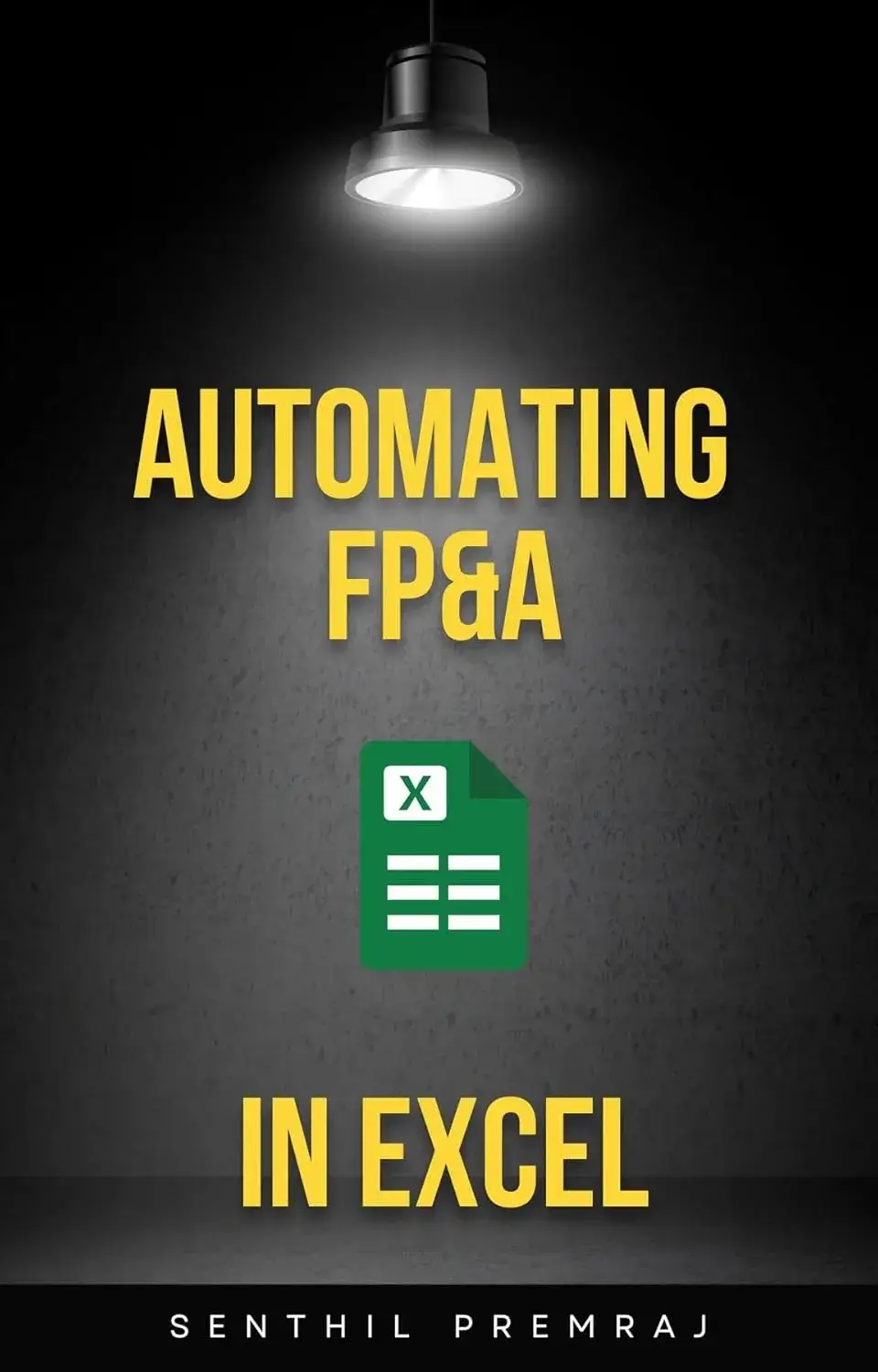Unifying financial data from different sources is essential for accurate performance measurement, financial forecasting, and data-driven decision-making. Unite data effectively to ensure seamless financial operations. Uniting data is the first step towards further calculations, such as allocating information, calculating additional data, and forecasting future trends. This guide explores different ways to combine and manage financial data using PivotXL.
Types of Financial Data to Unify
Financial data generally falls into two categories:
- Aggregated Data – Summarized financial information collected at specific intervals, such as month-end reports. Examples include:
- Trial balance Data
- Monthly sales summaries
- Transaction Data – Detailed financial events recorded as they occur. Examples include:
- Bank transactions
- Invoicing records
Unite Data – Methods of Data Collection
There are three primary ways to collect financial data:
1. Export & Import via CSV Files
You can export data from source systems as CSV files and import it into PivotXL for seamless integration. This process requires some manual effort, but handling it once a month keeps it manageable. When direct connectors are unavailable, CSV imports offer the best solution.
Additionally, this method allows teams to do some pre-processing and validate and structure data before uploading, ensuring accuracy and consistency.
2. Automated Connectors
Connectors synchronize data in real time with financial tools like QuickBooks and Xero, ensuring seamless updates. PivotXL is actively developing integrations for more platforms to further streamline the data import process, reducing manual effort and improving efficiency.
3. Peer Data Collection
Department heads or forecasting teams manually enter data when needed. Common examples include budget submissions and forecast inputs, which help ensure accurate financial planning and decision-making.
Storing the Unified Data
All financial data must be stored in a structured format for easy retrieval. PivotXL utilizes data cubes, which offer:
- Fast querying and reporting
- Multi-dimensional financial analysis
- Efficient handling of large datasets
We cover the usefulness of data cubes and how to create them in other articles.
How to Unify Aggregated Data
CSV Import
- Process Overview: Export your financial data as CSV files directly from accounting software (e.g., QuickBooks, Xero, or any other tool that supports CSV output). Then, import the CSV file(s) into PivotXL.
- Benefits:
- Straightforward: Most software can export data to CSV with just a few clicks.
- Flexible: CSV files are widely recognized and can be edited in spreadsheet applications like Excel or Google Sheets.
- Considerations:
- Data Mapping: Ensure columns in the CSV match the required fields in PivotXL.
- Frequency of Updates: You may need to schedule regular exports if you want frequent data refreshes.
Automated Connectors
- Process Overview: Establish direct connections between PivotXL and financial platforms (e.g., QuickBooks, Xero). Once connected, you can use scripts or built-in features to import data automatically.
- Benefits:
- Real-Time or Scheduled Sync: The data can be refreshed on demand or at specific intervals.
- Reduced Manual Effort: Automating imports minimizes human error and saves time.
- Considerations:
- Setup Requirements: Some connectors may require API access or credentials with specific permissions.
- Maintenance: Keep connectors updated to avoid connection disruptions when platforms update their APIs.
Editable Tables Web Dashboards
- Process Overview: Embed data-entry tables or forms directly into a web-based Dashboard. End-users can input or upload their financial data through these interactive widgets.
- Benefits:
- Centralized Input: Streamlines collection by giving all stakeholders a single portal to submit data.
- Immediate Visibility: Data entered is instantly available for reporting and analysis.
- Considerations:
- User Access Control: Determine who can view or edit certain fields.
- Validation: Implement built-in checks (e.g., required fields, numeric limits) to ensure accurate entries.
Editable Tables in Tasks
- Process Overview: Create Tasks within PivotXL (or a connected project management system) that include embedded data-entry tables. Users receive these tasks and input their financial information directly.
- Benefits:
- Structured Workflow: Tasks can be assigned to specific teams or individuals with clear deadlines.
- Tracking & Reminders: Automatic notifications remind users to enter or update data.
- Considerations:
- Status Monitoring: Keep track of task progress to ensure timely data submission.
- Version Control: Ensure only the latest data is used if multiple team members collaborate on the same task.
Connected Excel Files
- Process Overview: Allow users to submit data via connected Excel files. These can be standalone files or linked through Tasks for collaboration and approval workflows.
- Benefits:
- Familiar Format: Many users are comfortable working in Excel.
- Offline Access: Data can be updated even without internet access, then synced later.
- Considerations:
- Data Consolidation: Make sure all spreadsheet versions sync back to a master dataset to prevent data fragmentation.
- File Management: Upload the files within PivotXL Templates to ensure that it is not lost in a local folder. Archive unused files.
Custom Scripts
- Process Overview: Use scripts (e.g., Python, VBA, or specialized PivotXL automation scripts) to automate data imports and apply custom validation.
- Benefits:
- High Degree of Control: Scripts can be tailored to handle complex data transformations or logic checks.
- Consistency & Accuracy: Automated validation ensures data remains accurate and meets specified quality standards.
- Considerations:
- Technical Expertise: Requires the right skill set to develop and maintain scripts.
- Scalability: Well-written scripts can handle large volumes of data with minimal performance issues.
How to Unify Transaction Data in PivotXL
Unifying transaction data is essential for accurate financial reporting and analysis. The following methods help standardize and integrate raw transaction data from various sources into a structured format.
1. CSV Import
- Process:
- Raw transaction data is exported from source system (such as Accounting, ERP, CRM) in CSV format.
- The data is then imported into PivotXL, where it undergoes processing and structuring (dimensionalization) before being stored.
- Key Benefits:
- Flexible: Works with almost any data source that supports CSV exports.
- Customizable: Can be pre-processed or cleaned before ingestion.
- Cost-Effective: No need for direct integrations with accounting platforms.
- Considerations:
- Requires manual or scheduled exports.
- Data mapping must be defined to align with PivotXL’s data model.
2. Custom Scripts
- Process:
- Automated scripts parse incoming transaction data, clean inconsistencies, and apply business logic for validation before storage.
- Custom scripts can transform data, merge duplicate records, and enrich transaction details (e.g., adding missing dimensions or classifications).
- Key Benefits:
- Automated Workflow: Eliminates manual data processing.
- Data Accuracy: Ensures that only validated transactions enter the system.
- Scalable: Can handle large datasets efficiently.
- Considerations:
- Requires technical expertise to set up and maintain scripts.
- Business rules need to be updated regularly to reflect changes in transaction data formats.
3. Connectors
- Process:
- PivotXL establishes direct integrations with accounting platforms (e.g., QuickBooks, Xero, NetSuite).
- Once the connection is live, scripts automatically ingest and process transactions while guiding the user through any necessary approvals.
- Key Benefits:
- Real-Time Data Flow: No need for manual exports/imports.
- Seamless Integration: Ensures that all transactions are up to date.
- Reduced Human Error: Minimizes manual intervention in the data collection process.
- Considerations:
- Requires API access and proper authentication.
- Some platforms may impose limits on data extraction frequency.
By combining CSV Import, Custom Scripts, and Connectors, organizations can create a robust transaction unification process that ensures data accuracy, consistency, and efficiency. The ideal approach depends on the volume of transactions, the complexity of business rules, and the level of automation desired.
Conclusion
Unifying data from different sources is key to financial efficiency. Whether using CSV imports, automated connectors, or direct data entry, PivotXL ensures seamless integration and accurate reporting.
Additional Resources:




